The Best Places To Visit In Hunza Valley-Complete Guide-2024
Hunza Valley, located in the Gilgit-Baltistan region of Pakistan, is renowned for its breathtaking landscapes, vibrant culture, and hospitable people. This guide will provide to you with a comprehensive look at the best places to visit in Hunza Valley, along with insights into the local culture, education, and weather.
Best Places to Visit in Hunza Valley
Nestled among the majestic peaks of the Karakoram Range in Pakistan, Hunza Valley is not just a destination; it’s a passage into a world of awe-inspiring beauty and rich cultural heritage. Known for its breathtaking landscapes, warm hospitality, and vibrant traditions, Hunza offers an unforgettable adventure for any traveller. here are some of the best places to visit in Hunza Valley to know and enjoy the beautiful places in Pakistan.
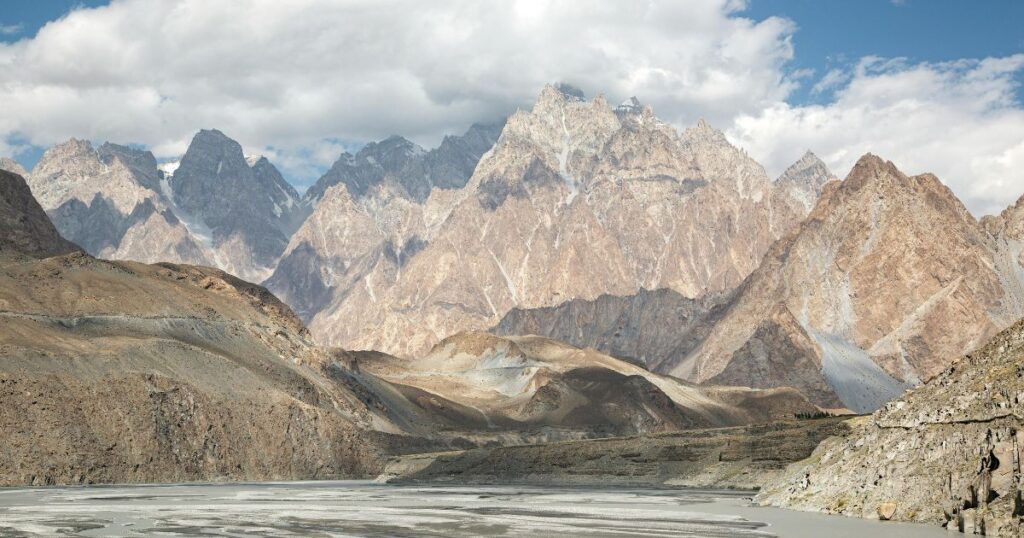
1 Karimabad – The Heart of Hunza
At the centre of Hunza culture lies Karimabad, offering an exceptional blend of history and panoramic views. Karimabad is a treasure trove of attractions:
Baltit Fort: Over seven centuries old, Baltit Fort is a stunning relic of Hunza’s architectural and royal past. Built with timber, mud, and stone, its design shows Tibetan and Balti influences. Originally the royal residence, the fort has been meticulously restored by the Aga Khan Trust for Culture. A guided tour can provide fascinating insights into the history of the Hunza Kingdom, showcasing artefacts and traditional room setups.
Altit Fort: Even older than Baltit, Altit Fort is notable for its strategic location and unique architectural style. Restored to preserve its ancient grandeur, the fort now includes a cultural centre and a café that offers traditional Hunza cuisine. Altit serves not just as a historical site but also as a venue for local community events, giving visitors a taste of Hunza’s vibrant cultural life.
Channel Walk: This serene pathway offers a gentle walk along the ancient irrigation channels of Karimabad, lined with fields and orchards. It’s a perfect setting for a peaceful morning or late afternoon walk, allowing visitors to observe local life, enjoy the lush landscapes, and view the towering peaks surrounding the valley.
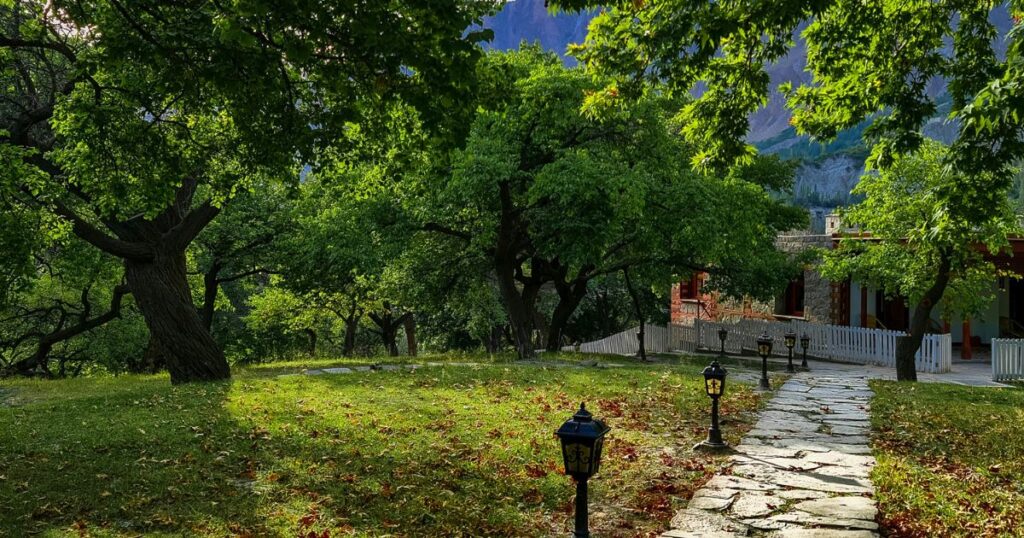
2 Eagle’s Nest: A Panoramic Paradise
Situated at one of the highest points accessible by road in Hunza, Eagle’s Nest offers a 360-degree view of all seven giant peaks of the Hunza Valley. The site is named after a nearby hotel and is particularly famous for its breathtaking sunrises and sunsets. Visitors often drive up in the evening to catch the sunset and stay to gaze at the stars, providing a sublime experience of nature’s beauty.
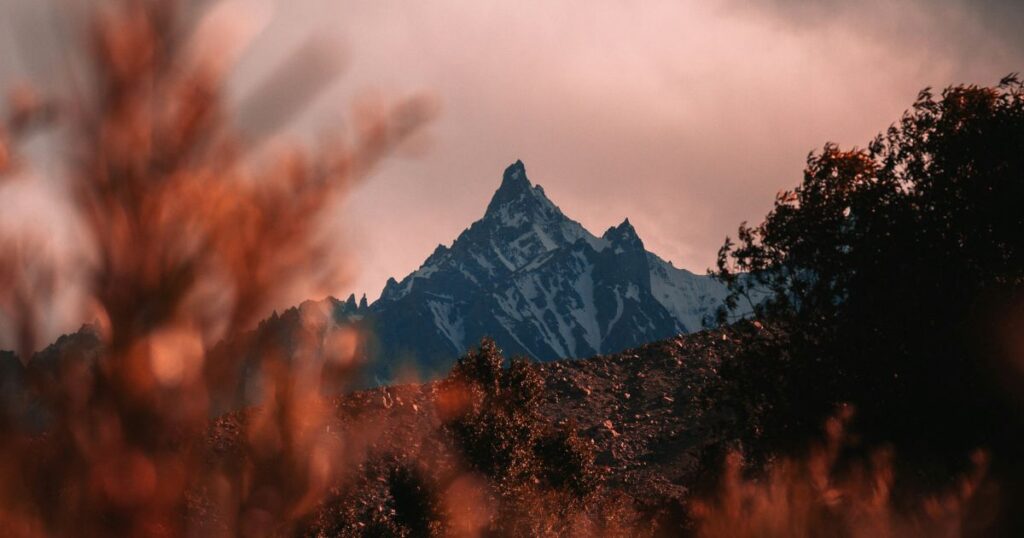
3 Hopper Glacier: An Accessible Wonder
Located in the Nagar Valley, directly opposite Hunza, Hopper Glacier is accessible via a short drive from Karimabad. The glacier is a striking feature amidst the rugged terrain, and its relatively easy access makes it a popular spot for both serious trekkers and casual tourists. The surrounding Hopper Valley also offers numerous hiking trails that lead to spectacular viewpoints.
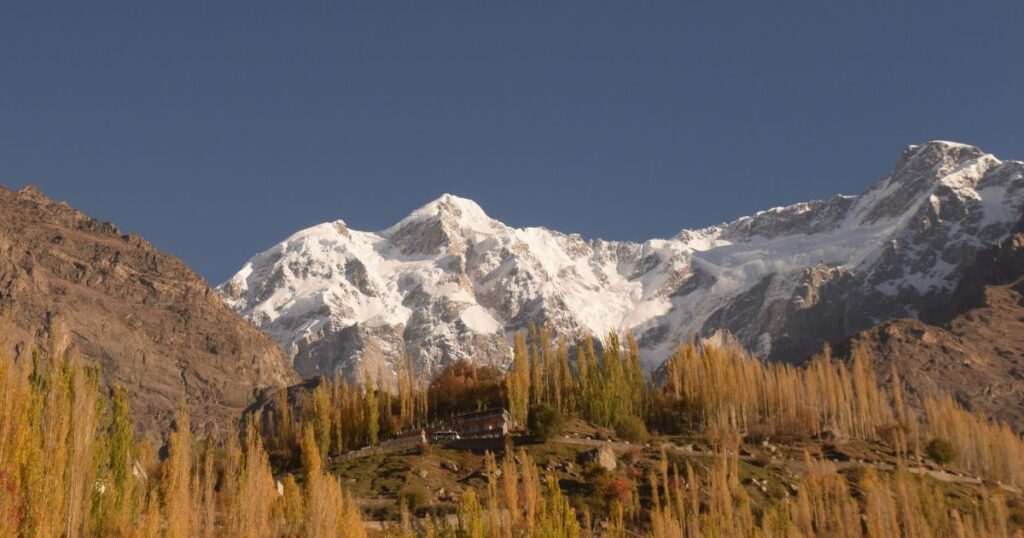
4 Passu Cones: The Iconic Peaks
The Passu Cathedral or Passu Cones are some of the most photographed mountains in the world. These uniquely shaped peaks rise sharply above the Karakoram Highway, making them easily accessible for travelers. The area around Passu offers numerous hiking opportunities, and the nearby Passu Glacier walk is a popular choice for experiencing the raw beauty of these majestic mountains up close.
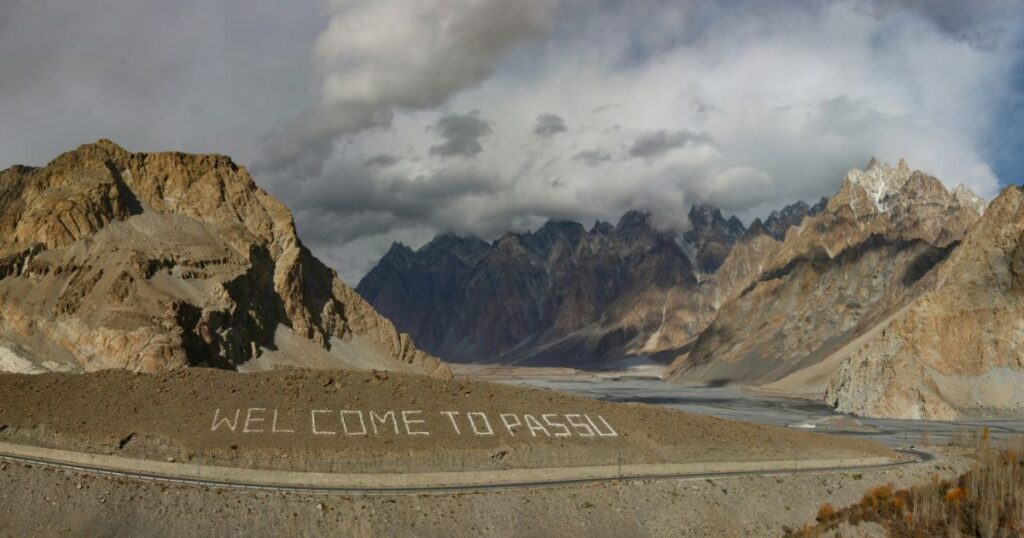
5 Hussaini Suspension Bridge: A Thrilling Crossing
The Hussaini Suspension Bridge, often cited as one of the most dangerous in the world, spans the Hunza River near Passu. Made of ropes and occasional wooden planks, crossing this bridge is an adventure in itself and offers an adrenaline-pumping experience. It is a testament to the resilience and ingenuity of the local people in connecting remote communities.
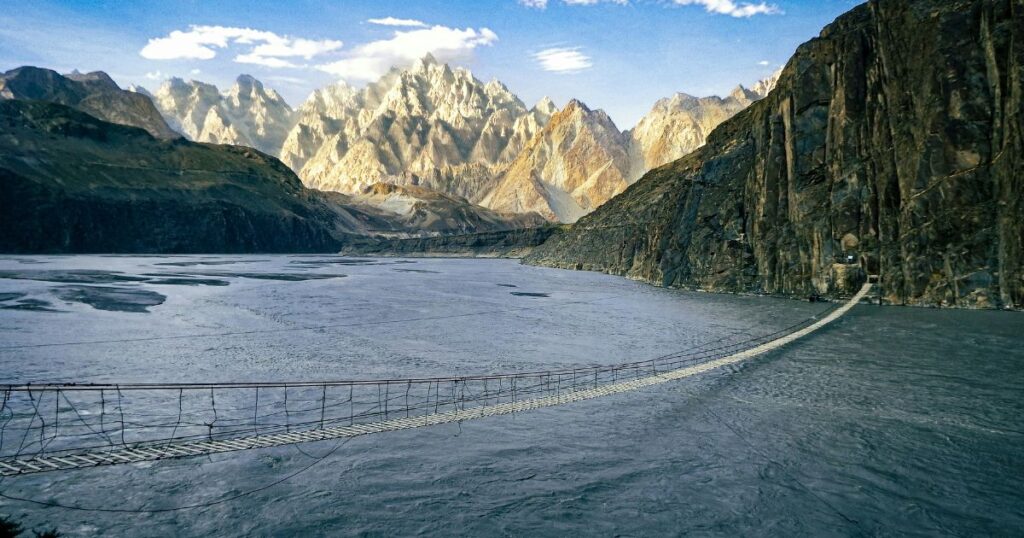
6 Attabad Lake: A Stunning Result of Natural Catastrophe
Formed in 2010 after a massive landslide blocked the flow of the Hunza River, Attabad Lake is now a beautiful turquoise body of water that attracts visitors from all over the world. Boating, jet skiing, and fishing are popular activities here. The lake is also a poignant reminder of nature’s unpredictable power, as the landslide tragically took many lives and submerged villages.
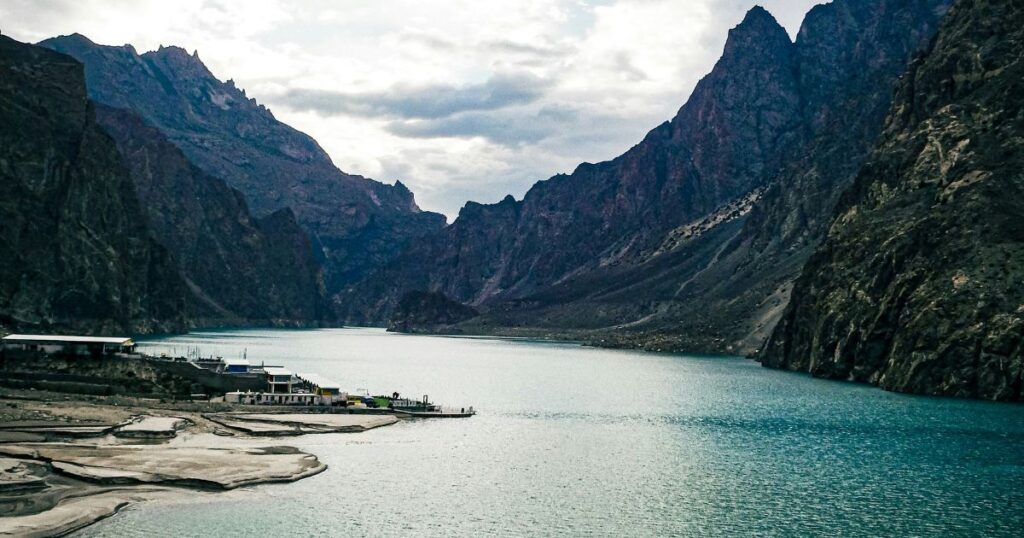
7 Khunjerab Pass: The High-Altitude Gateway
Located at an altitude of 4,693 meters, Khunjerab Pass is the highest paved international border crossing in the world and serves as a gateway between Pakistan and China. This area is also part of the Khunjerab National Park, which is home to several endangered species including snow leopards and Marco Polo sheep. The pass is typically open from April to November, depending on snow conditions. Visiting this remarkable site offers not only stunning vistas but also the thrill of standing at one of the highest points accessible by road.
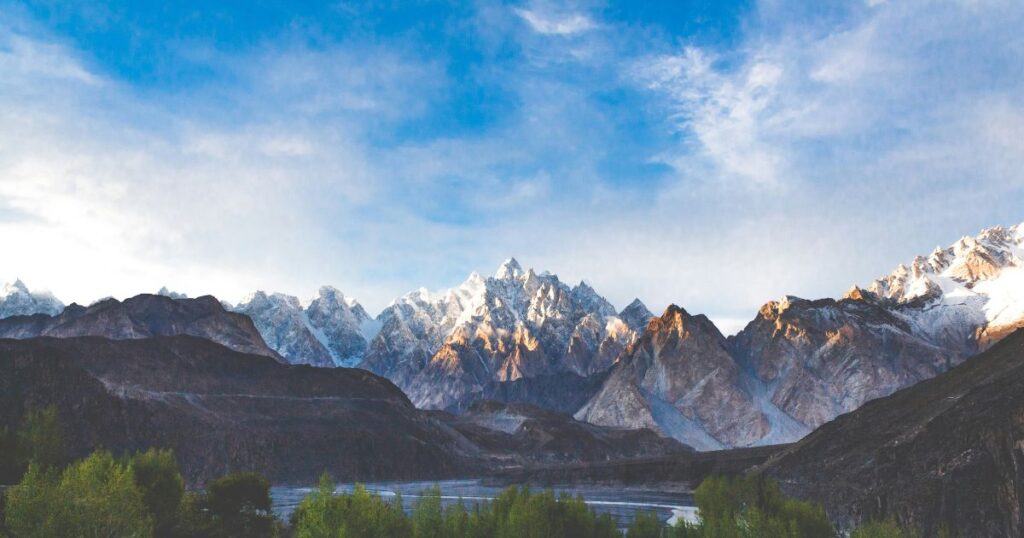
8 Ghulkin Village: A Glimpse into Local Life
A visit to Ghulkin Village provides a profound insight into the lifestyle of the Hunza people. This small village is situated near Gulmit in the Upper Hunza and is famous for its hospitality and the unique opportunity to participate in local activities. Homestays are available, allowing visitors to immerse themselves in the daily life of a Hunza family, learn about their customs, and enjoy homemade traditional meals.
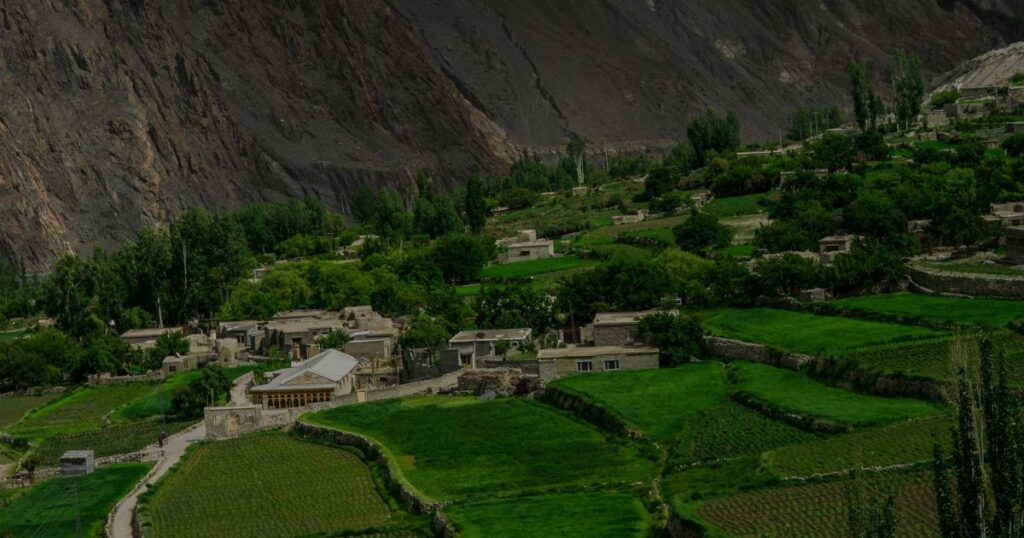
9 Rakaposhi View Point: Iconic Scenery
No trip to Hunza is complete without stopping at the Rakaposhi View Point. Rakaposhi is one of the most magnificent peaks in the region, and the viewpoint provides an unobstructed view of its majestic beauty. Located along the Karakoram Highway, it’s a perfect spot for a tea break while admiring the stunning scenery. The surrounding cafes offer a place to relax and enjoy the landscape over a cup of traditional chai.
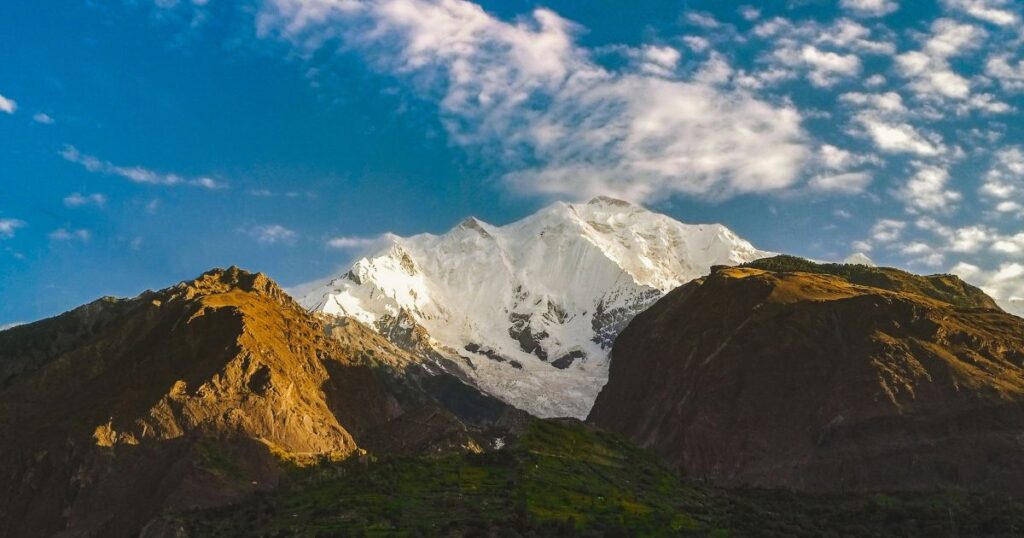
10 Ganish Village: Hunza’s Hidden Gem
Ganish Village holds the distinction of being the oldest settlement in the Hunza region. This ancient village is a living museum of traditional Hunza architecture and has been recognized by UNESCO for its cultural significance. Visitors can explore ancient watchtowers, mosques, and a community irrigation system that is centuries old. The village’s narrow alleys and intricately carved wooden pillars in traditional homes offer a step back in time. Engaging with the villagers provides deeper insights into the traditions that have shaped the lifestyles in Hunza for generations.
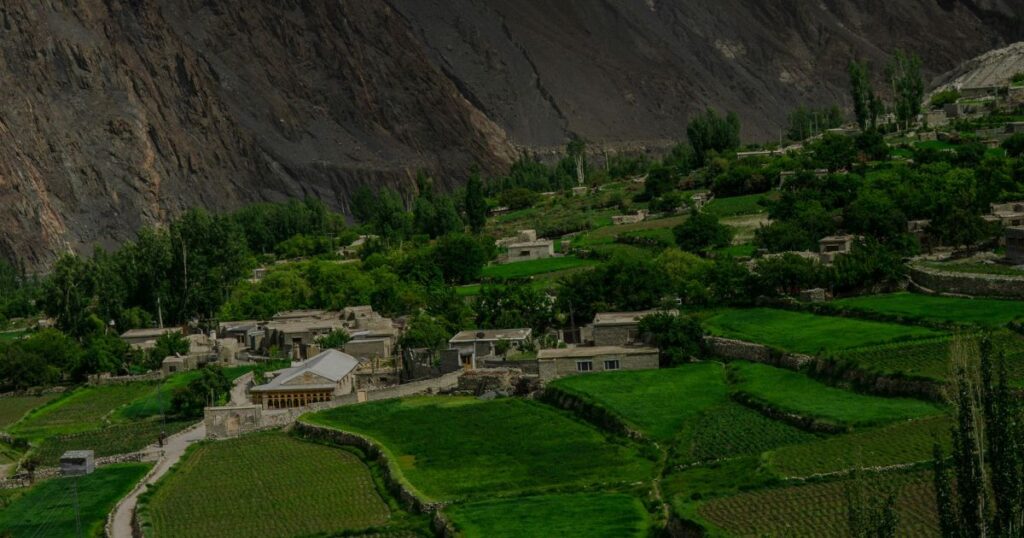
11 Sacred Rocks of Hunza: Echoes of Ancient Beliefs
Scattered throughout the valley, the Sacred Rocks of Hunza are engraved with writings that date back to the 1st millennium AD. These rocks serve as ancient storybooks, depicting tales of migration, wars, and the spread of Buddhism in the region. A visit to these rocks offers a unique archaeological and spiritual journey into the region’s past, showing how ancient communities communicated their beliefs and experiences.

Plan Your Visit
When visiting Hunza, it’s essential to be mindful of the environment and the local culture. The people of Hunza are known for their hospitality and rich traditions, and engaging respectfully with them can greatly enrich your experience. Prepare for varying weather conditions, especially if you’re planning to hike or explore the higher altitudes, and always travel with essential supplies and first aid.
With its unparalleled beauty and rich history, Hunza Valley offers an extraordinary escape into nature and tradition, making every moment spent here a cherished memory. Whether you’re an adventure seeker, a history enthusiast, or simply a lover of nature, Hunza welcomes all with open arms and spectacular vistas.
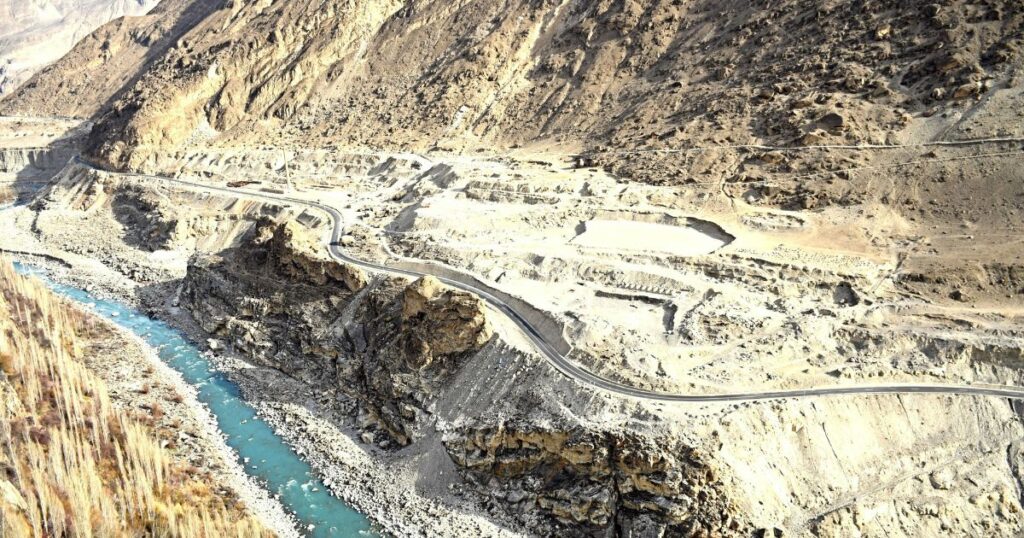
Culture Of Hunza Valley
The people of Hunza are known for their longevity, hospitality, and rich traditions. The majority of Hunza’s residents are Ismaili Muslims, followers of the Aga Khan. The local culture is a blend of Tibetan and Central Asian influences, and music, dance, and traditional sports like polo are integral to community life.
Hunza Valley is not only known for its scenic beauty but also for its rich cultural tapestry that reflects in its festivals, music, and lifestyle.
- Festivals: Hunza is vibrant with cultural festivals, with the most popular being Ginani and Navroz. Ginani is the harvest festival, celebrated to mark the beginning of the wheat harvest, involving singing, dancing, and communal meals. Navroz, or the New Year festival, is celebrated with music, folk dances, and traditional sports.
- Traditional Music and Dance: Music and dance are integral parts of Hunza’s cultural festivities. Traditional instruments like the rubab, sitar, and dambura are commonly played. Folk dances involve rhythmic movements that often tell stories of the region’s history and folklore.
- Crafts: The art of making handicrafts such as carpets, embroidered shawls, and traditional caps is widely practiced. These items reflect the meticulous artistry of the Hunza people and are popular souvenirs for tourists.
In-Depth Look at Education
Education in Hunza is relatively advanced compared to other regions of Pakistan, with one of the highest literacy rates in the region. The Aga Khan Foundation has played a significant role in improving educational facilities and standards. Many schools teach in English, and several community and private schools provide quality education.
Education in Hunza stands out due to the community’s commitment to academic excellence.
- Community Involvement: The community plays a significant role in the education system, with local involvement high on the agenda of educational institutions. There’s a strong emphasis on community-based educational planning and development.
- Role of NGOs: NGOs like the Aga Khan Development Network have significantly contributed to raising educational standards by providing infrastructure, training teachers, and introducing modern educational practices and resources.
- Women’s Education: Women in Hunza enjoy relatively high literacy rates and educational opportunities compared to other rural parts of Pakistan. Education for girls is strongly advocated throughout the valley.
Certainly! Let’s delve deeper into the cultural aspects, educational environment, and distinct seasonal experiences in Hunza Valley, providing a more detailed guide for anyone planning to visit this enchanting region.
Detailed Seasonal Experiences
Each season in Hunza Valley offers unique experiences and different opportunities for visitors:
- Spring (April to June): The valley awakens with lush greenery and blossoming fruit trees, particularly cherry, apricot, and almond. It’s an excellent time for trekking as the weather is comfortably warm during the day.
- Summer (July to September): The weather remains pleasant, making it ideal for exploring higher altitudes. This is the perfect time for trekking in higher regions like the Khunjerab Pass, where you can witness the breathtaking wildlife and serene landscapes.
- Autumn (October to November): The landscape turns into vibrant shades of orange, red, and gold, providing spectacular photo opportunities. The cooler temperatures make it pleasant for exploring local villages and engaging with the community.
- Winter (December to March): The snow-covered landscape is stunning, but travel can be challenging due to blocked roads and freezing temperatures. However, winter sports like ice skating and snow trekking can be enjoyed, particularly at Khunjerab Pass.
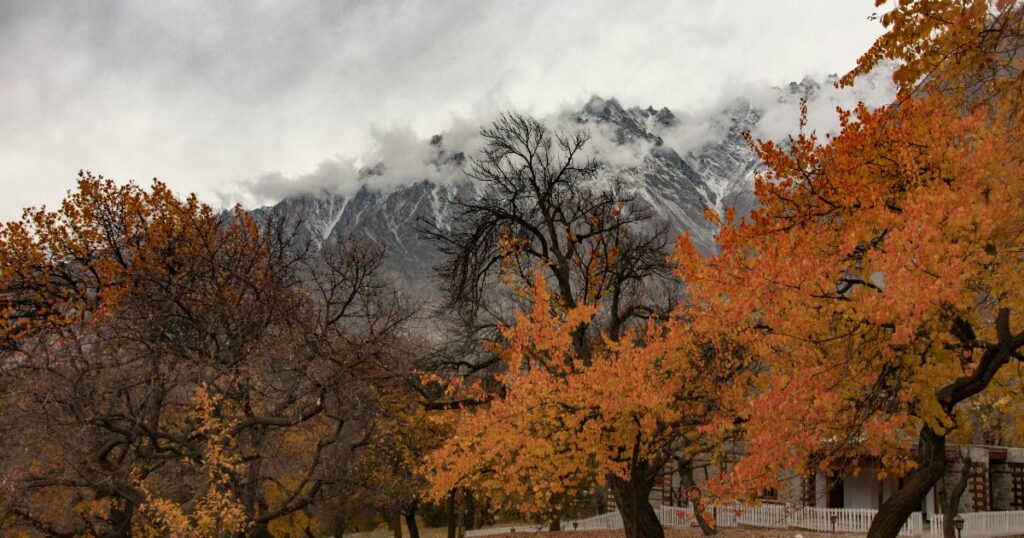
Travel Tips
- Best Time to Visit: Late spring to early autumn (April to October) offers the best weather conditions.
- Language: Urdu and English are widely understood, but the local language is Burushaski.
- Currency: Pakistani Rupee (PKR). Credit cards may not be widely accepted, so carry cash.
- Transportation: Public transport is limited. Renting a car with a driver or taking guided tours is recommended.
- Clothing: Dress conservatively and be prepared for varying temperatures.
- Connectivity: While major towns have cell phone service and internet access, remote areas may not. Plan accordingly.
- Health: Travel health insurance is recommended, and visitors should be prepared for altitude sickness.
- Cultural Sensitivity: Respect local customs and dress modestly. Interaction with local people should be respectful and considerate of their traditions and practices.
- Local Cuisine: Don’t miss trying local delicacies like Hunza bread, apricot oil, and various dried fruits, all integral to the Hunza diet.
Tips for Responsible Tourism
When exploring Hunza Valley, practicing responsible tourism is crucial to preserving the natural and cultural integrity of the area:
- Respect Local Customs: Hunza is known for its progressive views on women’s education and community participation. Engage with respect and openness, and be mindful of local customs and dress codes.
- Environment Care: Always dispose of trash properly and consider using eco-friendly products during your visit. The environmental impact on high-altitude ecosystems can be significant, so minimizing your footprint is essential.
- Support Local Economy: Opt for locally owned guesthouses, eateries, and guides. Purchasing local handicrafts and products not only provides a unique souvenir but also contributes to the community’s economy.
- Health and Safety: Due to the high altitudes, acclimatization is key. Drink plenty of water and take it slow to avoid altitude sickness. Prepare for sun exposure and carry necessary medications.

Immersive Experiences in Hunza
Traditional Music and Dance
The Hunza people have a rich tradition of music and dance, deeply ingrained in their social and cultural fabric. Traditional events and festivals often feature live performances of Burushaski, Wakhi, and Shina songs, accompanied by dances that tell stories of life, seasons, and history. Participating or observing these performances is a powerful way to connect with the soul of Hunza.
Local Festivals
Plan your visit to coincide with one of Hunza’s vibrant festivals:
- Navroz (Nowruz): Celebrated in March, this festival welcomes the spring with music, dance, and traditional sports.
- Ginani: Held in June, Ginani is marked by agricultural rituals to celebrate the wheat harvest, accompanied by community feasts and dances.
Attending these festivals not only enriches your travel experience but also supports and honors the local traditions and community spirit.
Gastronomic Delights
Hunza’s cuisine is a reflection of its health-oriented lifestyle. A must-try is the Hunza Diet, famed for contributing to the longevity of its people. This includes:
- Dried Apricots: Hunza apricots are renowned for their flavor and nutritional value.
- Mulberry: Often consumed dried or in jam form.
- Yak Butter Tea: A buttery and salty tea that is an acquired taste but a staple in the local diet.
- Chapshoro: A meat-filled pastry that offers a taste of local flavors.
Sustainable Travel Practices in Hunza
Given Hunza’s delicate ecosystem and unique cultural landscape, sustainable travel practices are more than just recommended; they are a responsibility:
- Water Usage: Be conservative with water use, as resources are limited in the high mountains.
- Plastic Reduction: Carry reusable water bottles and bags.
- Cultural Sensitivity: Learn a few phrases in Burushaski or Wakhi to show respect and willingness to immerse yourself in the local culture.
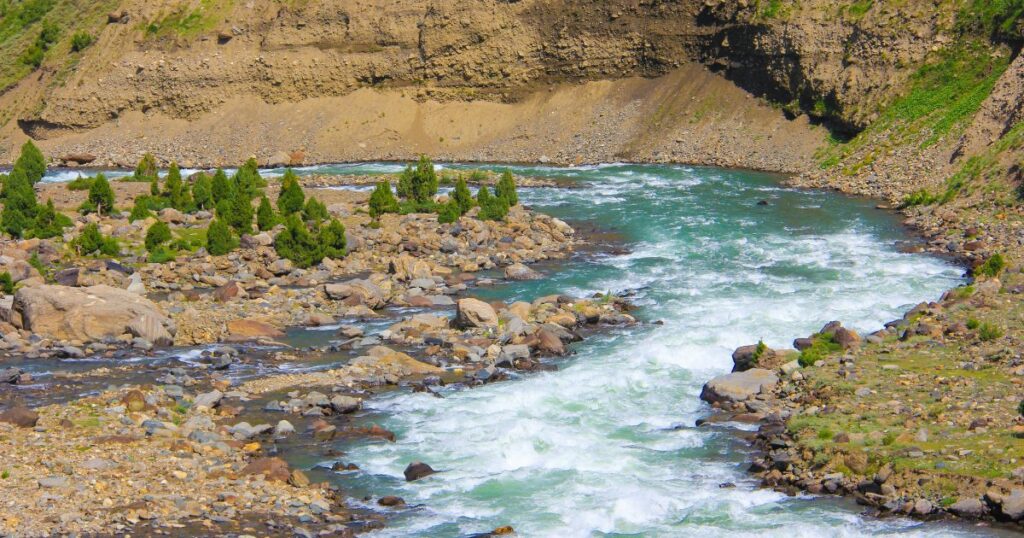
Final Thoughts on Your Journey to Hunza
As you plan your visit to Hunza, remember that the true beauty of this valley lies not only in its landscapes but also in its people and their traditions. Each interaction, every hike, and all moments of quiet contemplation by serene lakes or ancient ruins contribute to the unforgettable mosaic of experiences that Hunza offers.
With a mindful approach and a heart open to learning and experiencing new cultures, your journey to Hunza Valley will not just be a visit to a destination, but a meaningful adventure that might just change the way you view the world. Whether you’re trekking through its rugged trails or sipping tea with locals, Hunza promises a journey of profound beauty and introspection.
15 The Best Places To Visit in Skardu-2024
9+ The Best Places To Visit In Nathia Gali Pakistan
15 Best Travel Backpacks- How To Choose 2023
42 Most Beautiful Places In The World To Visit 2023
Aiman Khalid
I’m Aiman Khalid, your dedicated SEO Analyst. With a passion for digital marketing and a keen eye for optimizing online experiences, I’ve made it my mission to help businesses thrive in the digital realm. My journey into the world of SEO began with a fascination for search engines and their algorithms, and since then, I’ve honed my skills to become a seasoned professional. Armed with years of experience, I specialize in crafting SEO strategies that not only boost search engine rankings but also drive tangible results, such as increased website traffic and conversions. I’m here to demystify the world of SEO and empower your online presence, one keyword at a time.
-
© Copyright 2020 | www.pairstravel.com
